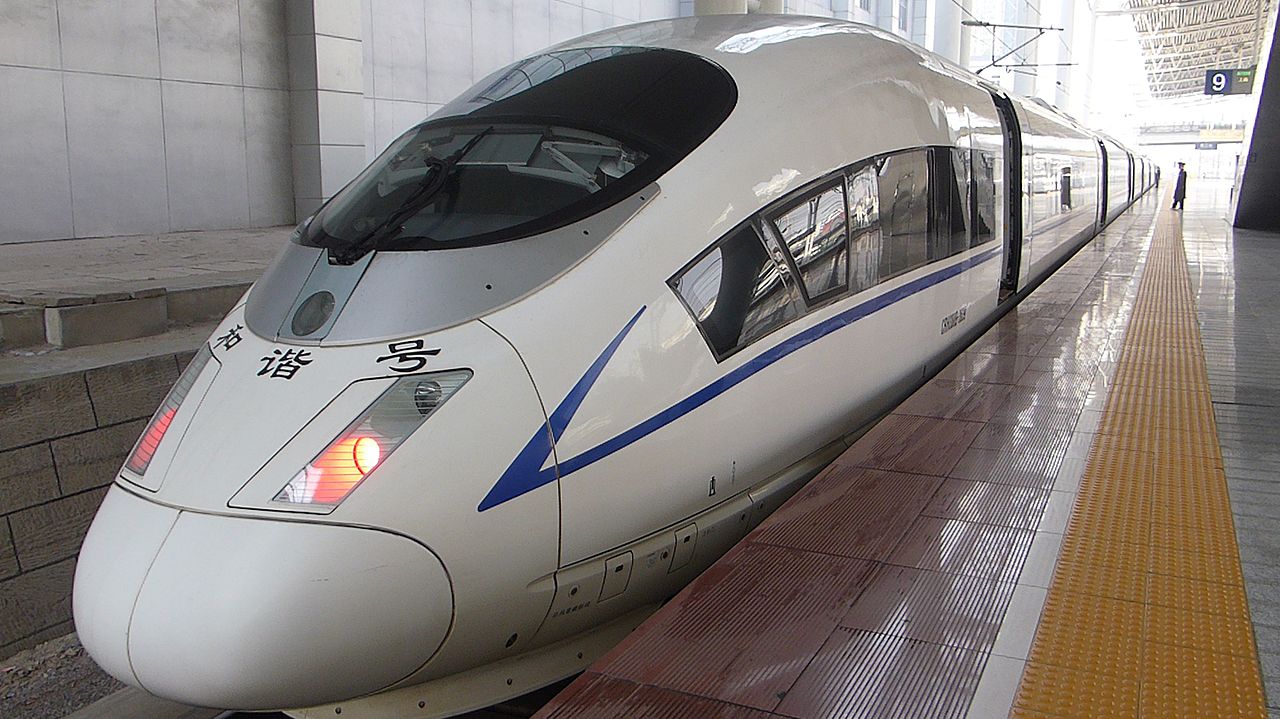Beijing: China is all set to operationalise the first electric train in the remote Himalayan region of Tibet, connecting the provincial capital Lhasa with Nyingchi – a strategically located Tibetan border town close to Arunachal Pradesh.
The 435.5-km Lhasa-Nyingchi section of the Sichuan-Tibet Railway is expected to be inaugurated ahead of the centenary celebrations of the ruling Communist Party of China (CPC) on July 1, according to official media reports.
The electricity transmission process has been completed and tested, Liu Yuxiang, Chief Engineer of the Lhasa-Nyingchi Railway, was quoted as saying by the state-run CCTV earlier.
The Sichuan-Tibet Railway will be the second railway into Tibet after the Qinghai-Tibet Railway. It will go through the southeast of the Qinghai-Tibet Plateau, one of the world’s most geologically active areas.
In November, Chinese President Xi Jinping had instructed officials to expedite construction of the new railway project, connecting Sichuan Province and Nyingchi in Tibet, saying the new rail line would play a key role in safeguarding the border stability.
The Sichuan-Tibet Railway starts from Chengdu, capital of Sichuan Province, and travels through Ya’an and enters Tibet via Qamdo, shortening the journey from Chengdu to Lhasa from 48 hours to 13 hours.
Nyingchi is a city in Medog region, which is adjacent to the Arunachal Pradesh border.
China claims Arunachal Pradesh as part of South Tibet, which is firmly rejected by India. The India-China border dispute covers the 3,488-km-long Line of Actual Control (LAC).
Qian Feng, director of the research department at the National Strategy Institute at Tsinghua University, told the official daily Global Times earlier that “If a scenario of a crisis happens at the China-India border, the railway will provide a great convenience for China’s delivery of strategic materials.”
Follow this link to join our WhatsApp group: Join Now
Be Part of Quality Journalism |
Quality journalism takes a lot of time, money and hard work to produce and despite all the hardships we still do it. Our reporters and editors are working overtime in Kashmir and beyond to cover what you care about, break big stories, and expose injustices that can change lives. Today more people are reading Kashmir Observer than ever, but only a handful are paying while advertising revenues are falling fast. |
| ACT NOW |
| MONTHLY | Rs 100 | |
| YEARLY | Rs 1000 | |
| LIFETIME | Rs 10000 | |










